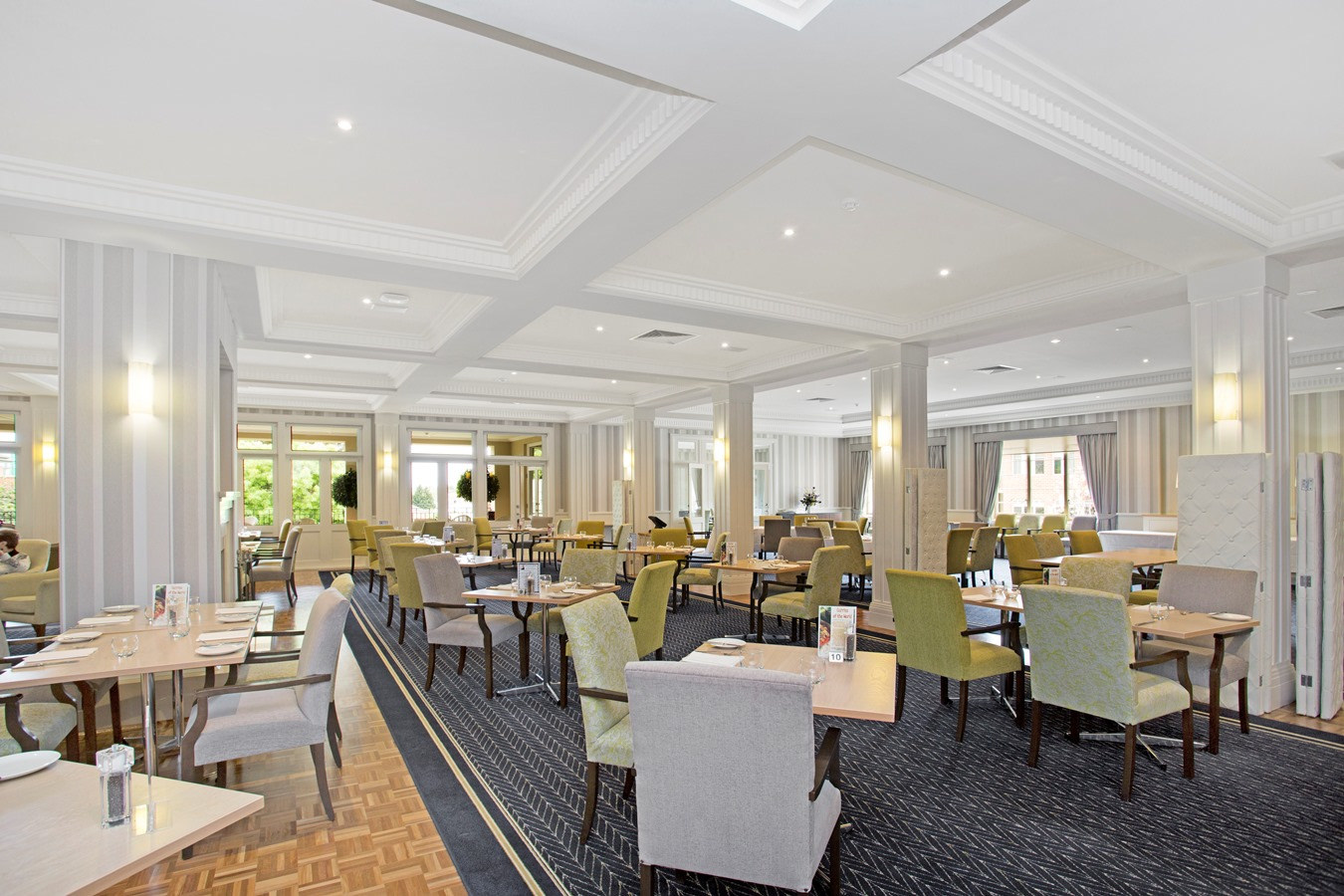Erin Miller from the Herald Sun interviewed BLP’s National Sector Leader for Aged Care and Seniors Living, Emily Gilfillan, on the key to success in retirement living design. Read the full article below.
Building a sense of community and paying attention to details such as safety and security are the cornerstones of well‑designed retirement living accommodation, according to a leading architect.
Billard Leece Partnership architect Emily Gilfillan has worked on several retirement living projects in Australian cities. Being part of the community — both wider and in the retirement development — is an attractive drawcard.
“It’s incredibly important to build a sense of community,” Ms Gilfillan says. “Residents should remain connected and this can be achieved by creating environments that foster partnerships between local healthcare and community services that can support seniors.”
These include access to nearby medical services and features such as concierges who can organise doctor’s appointments so residents can be seen in their homes.
While being part of the community is valued, Ms Gilfillan says choice and flexibility are also important. “They want the ability to engage with other residents — whether that’s a coffee or a workout in a gym,” she says. “But they also want the flexibility to withdraw from those daily activities.” She believes successful projects are also defined by the provision of integrated services and age-appropriate amenities and provide peace of mind.
“Contemporary design should be modern, timeless and provide a welcoming and inviting place to live,” Ms Gilfillan says. “While the design should promote independence, movement and health, it needs to also be a place that feels safe and secure.”
In the past decade, the design of metropolitan retirement living has changed to adapt to the expectations of residents and nature elements are in high demand. Key features that are regarded as significant — physically and visually — are access to natural light and the outdoors.
“Residents are more active and healthy, and expect to continue their energetic lifestyle,” Ms Gilfillan says. That desire to lead an active life means facilities have been amended to cater to their desires — whether it’s communal vegetable gardens, or bowling greens and tennis courts.
When it comes to internal community spaces, residents don’t just want a one size fits all‑style room or area that caters to several uses. Instead they want spaces for particular purposes. “If a cafe is provided, it should look and feel like a cafe,” Ms Gilfillan says. “The same can be said for a library, cinema or games room.”
Design features that allow residents to remain in their own home as they age are also important. Inclusions vary, but can include an emergency call button and sensors that send an alert when no movement has been detected for a period of time.
“Design features should consider how all residents, from the most active to those with medical ailments, can maintain an active lifestyle with privacy.”
Download the Herald Sun’s article here


